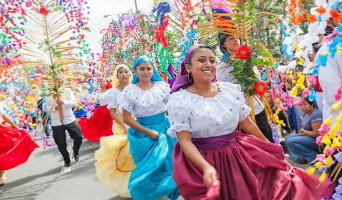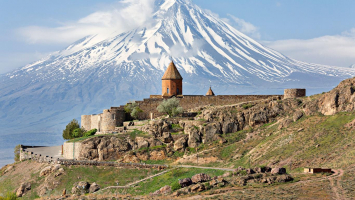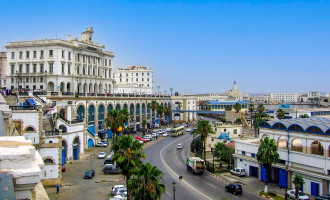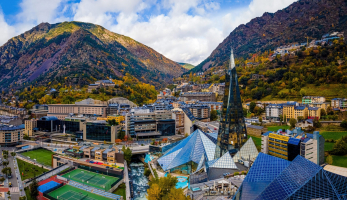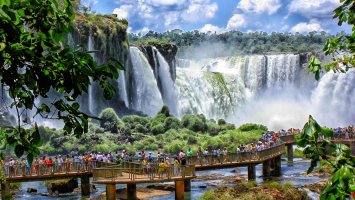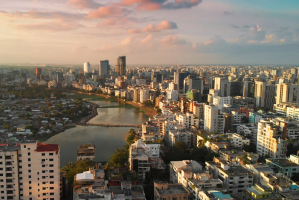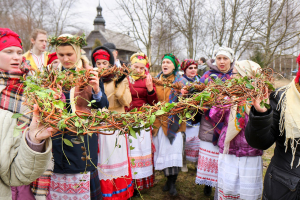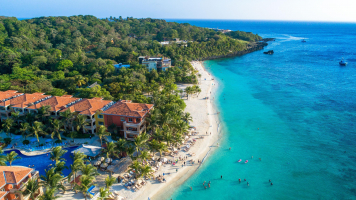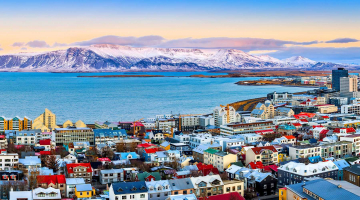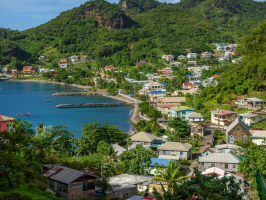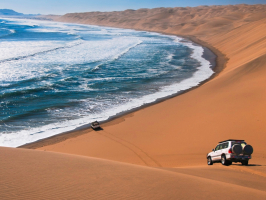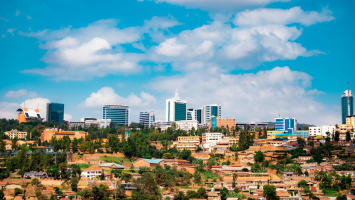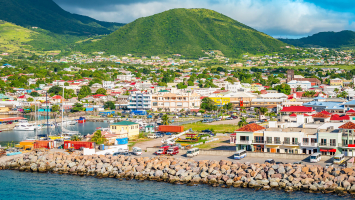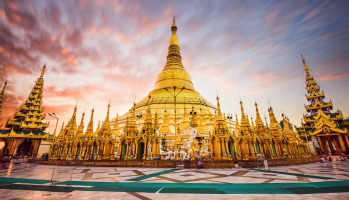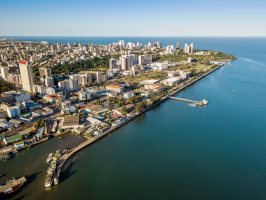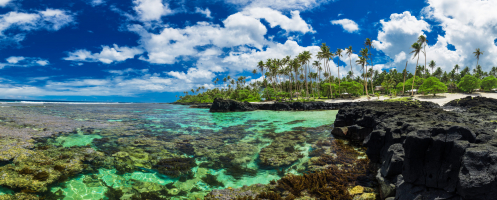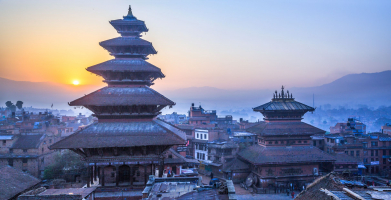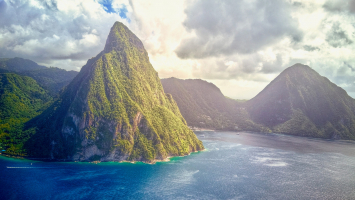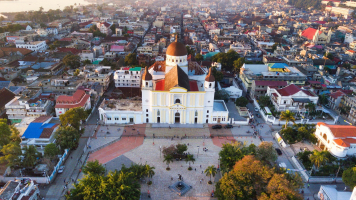Top 9 Unique Cultural Characteristics of Bahrain
Due to its strategic location in the Arabian Gulf and its long history of great civilizations, the Kingdom of Bahrain has a special position. Both of these ... read more...factors have been endowed with one of the world's most liberal cultural legacies, which has made it a secure home for people of many ethnic backgrounds throughout history. Bahrain is unique because of its lengthy history and illustrious civilizations, which date back more than 5,000 years. It is a bright center of culture and intellect and an oasis of respect and peaceful coexistence across ethnicities and religions thanks to its pluralistic identity and great contributions to the world's civilizations. Here are some of the unique cultural characteristics of Bahrain.
-
Traditional Costumes are one of the unique cultural characteristics of Bahrain. People in Bahrain typically wear conservative clothing because it is a Muslim nation. Bahrain has always been an open society, so as long as you are courteous, people are generally extremely tolerant. Bahrainis enjoy dressing up in general. Therefore, make an effort to look your best wherever you go. Always iron your clothes! Visitors are not required to adhere to a dress code as long as their attire is modest; the general norm is to cover shoulders and knees, with the exception of hotel grounds, where more casual attire is acceptable.
For ages, Bahraini men have dressed in the same manner. These clothes are ideal for the environment and way of life there. Men still wear them today, even though there is a wide variety of Western-style apparel available. For instance, the "thobe," a traditional long robe. It is a long, flowy robe that envelops the entire body. Typically, clothing is white or beige, however, winter thobes may be a darker hue. Summer clothing is constructed of cotton or other lightweight materials, whereas wool is used to make winter coats (they are thicker and warmer). On naked skin, a thobe is not worn. There are light, thin undergarments, including a shirt and pants. Men will occasionally wear a woolen cloak called a "bisht" over a thobe. Typically, this attire is dark or black. Gold embroidery can be used to embellish a celebratory bisht.
Bahraini women dress in the traditional abaya and don a Muslim head covering (hijab, nikab, or other variation of a veil). The abaya is a long, black dress with long sleeves that can extend all the way to the floor. Since the fabric is so thin and delicate, it hugs the body elegantly. Some abayas are straightforward and understated, while others may appear more stylish thanks to lace trimming, embroidery, and ornate borders. Many Bahraini women, but not all of them, cover their heads with a headscarf of some sort. Some merely cover the neck and hair, while others also completely or partially cover the face. Sometimes these headdresses are quite colorful; they are not always black. Bahraini women's traditional clothing isn't usually all-black; it might look very diverse. The "jalabiya," a festival outfit, is often brilliant red with copious amounts of gold embroidery and gold jewelry. Little and young Bahraini unmarried females occasionally sport attractive gold hair accessories, resembling a cap made of gold coins and chains. It looks amazing!
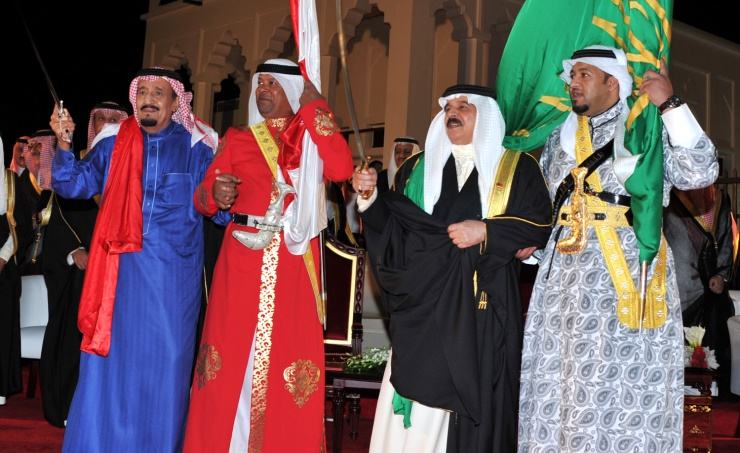
commons.wikimedia.org 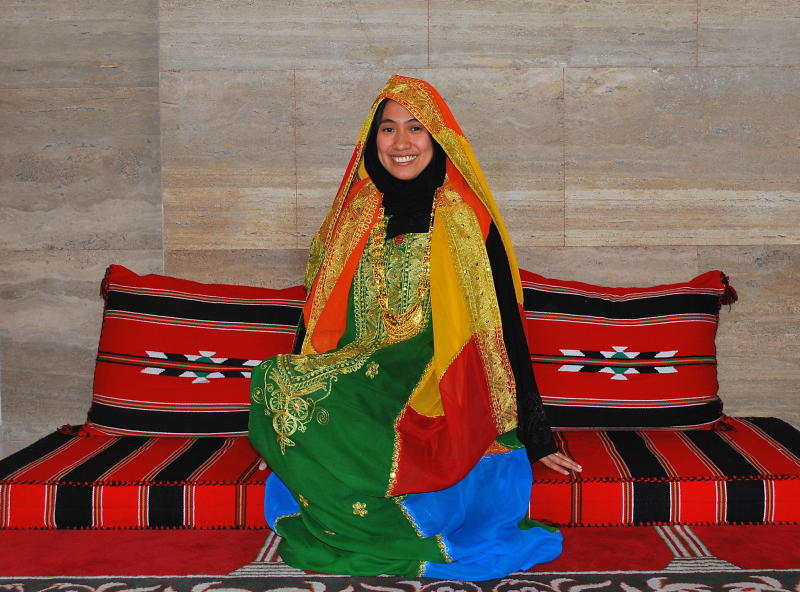
commons.wikimedia.org -
Bahrain's culture is mostly based on its Islamic background and is extremely similar to that of its Arab neighbors in the Gulf. But now that there are many more foreigners living there than native Bahrainis, it is quite multicultural. The Catholic and Orthodox churches, Hindu temples, and even a Jewish synagogue on the island are examples of how, while having a strong sense of cultural, religious, and ethnic identity, the locals are exceedingly hospitable and tolerant of different cultures and religions. Bahrain proudly displays its Arab heritage in its architecture, mosques, and public gathering places like souks and cafés. More contemporary pursuits like soccer and foreign travel have surpassed more traditional hobbies like falconry, horseback riding, and poetry in popularity.
Islam is the official religion of Bahrain, and the majority of its people are Muslims. Shiites make up the majority of Muslims in Bahrain. It is one of three Middle Eastern nations, along with Iran and Iraq, where Shiites predominate. Public surveys are uncommon in Bahrain, but according to the US Department of State's assessment on religious freedom there, Shia make up between 55% and 60% of Bahrain's population. The royal family and the majority of Bahrani elites are Sunni, despite the fact that Shia make up the majority of the population. The two Muslim populations in the nation agree on some matters but strongly disagree on others. Shia have frequently bemoaned their political and economic marginalization in Bahrain; as a result, the majority of protesters in the 2011 Bahraini revolt were Shia.
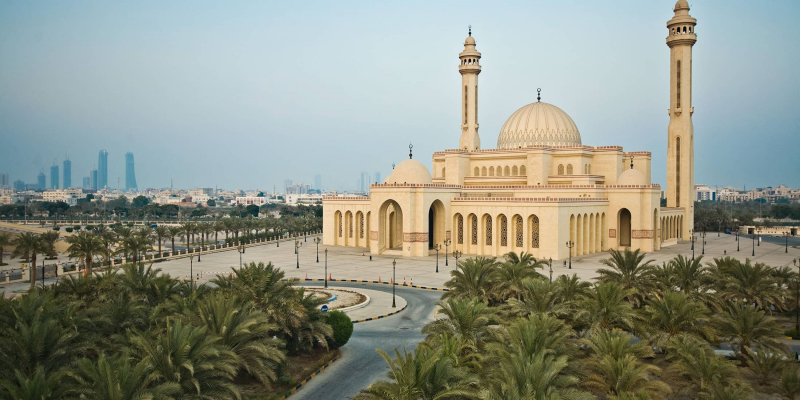
globalization-partners.com 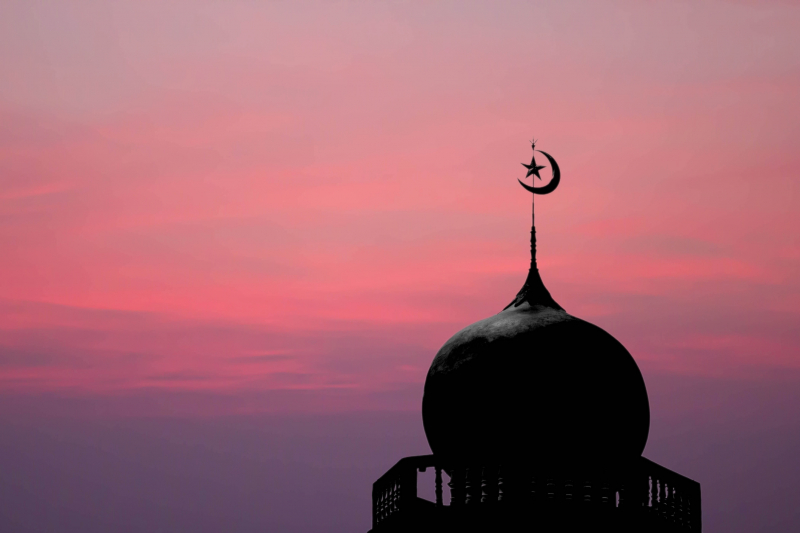
globalization-partners.com -
Bahrain has a thriving art scene that is finally being acknowledged by the larger art community. The nation's history in the arts precedes its founding as a modern state; in the Gulf, it was the first to operate a cinema theater in 1937 and the first to provide painting instruction in 1919.
The founding of an art society marked the official start of the nation's modern art movement in the 1950s. The most well-liked types of art in the nation include calligraphic art, expressionism, and surrealism. In recent decades, abstract expressionism has become increasingly fashionable. Another common product that was produced in large quantities in Bahraini communities was pottery.
As the Bahraini government actively supported Islamic art, which culminated in the opening of an Islamic museum, Beit Al Quran, Arabic calligraphy gained prominence. There is a permanent display of contemporary art at the Bahrain National Museum. Performance art is promoted in the Kingdom through the yearly Spring of Culture festival, which is organized by the Bahrain Authority for Culture and Antiquities. Bahrain's architecture is comparable to that of its Persian Gulf neighbors. Old houses frequently have wind towers, which create natural ventilation in a home. This is especially true in the historic areas of Manama and Muharraq.
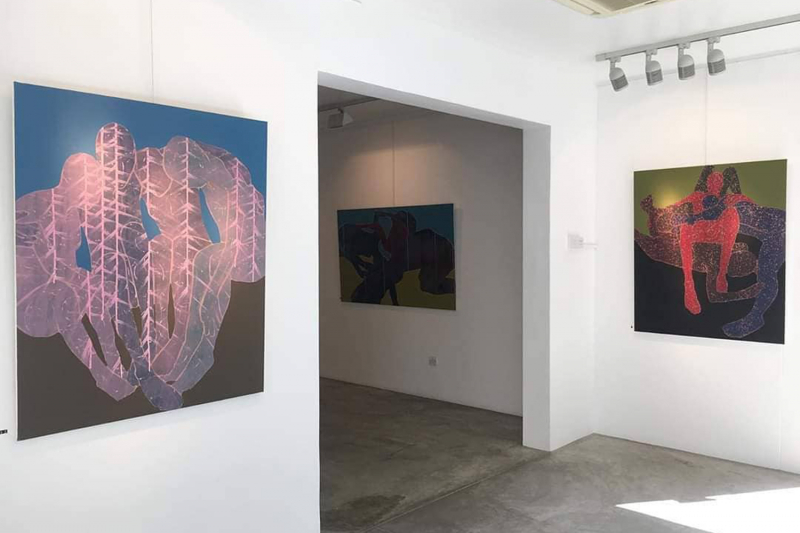
timeoutbahrain.com 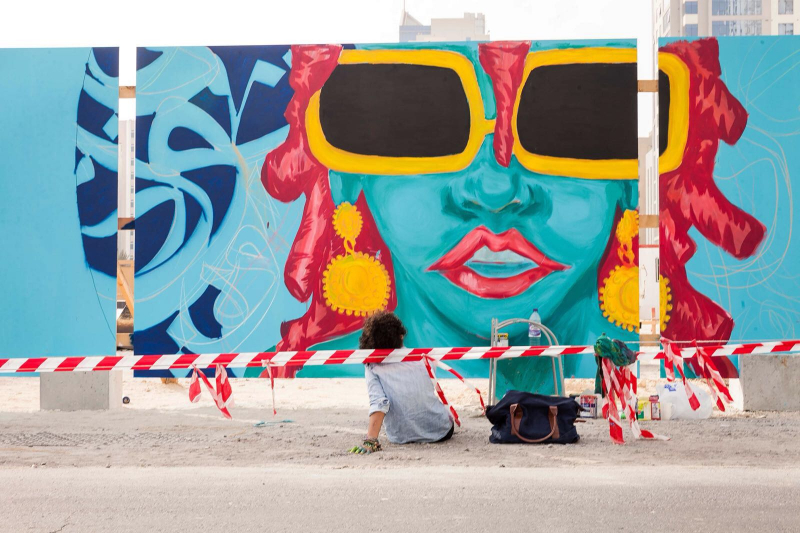
timeoutbahrain.com -
Bahraini literature has a long tradition in the nation. Contemporary poets who write in the classical Arabic style, which is used by the majority of traditional authors and poets, include Qassim Haddad, Ebrahim Al-Arrayedh, and Ahmad Muhammed Al Khalifa. Younger poets who are influenced by western literature are becoming more prevalent; they typically write in free verse or prose poetry and frequently include political or personal matters. In the nation, poetry is primarily published in Arabic; English poetry is only occasionally released without a prior translation. It is one of the unique cultural characteristics of Bahrain.
However, Bahraini characteristics are from an ancient civilization linked to the Dilmun, Tels, Abandon, Awal, and other civilizations that were related to the Babylonian civilization, along with the fact that Bahrain is an island and a harbor with many nationalities and cultures, which made this literature shape in a diverse environment. Bahraini characteristics are from an ancient civilization linked to the Dilmun, Tels, Abandon, Awal, and other civilizations that were related to the Babylonian civilization.
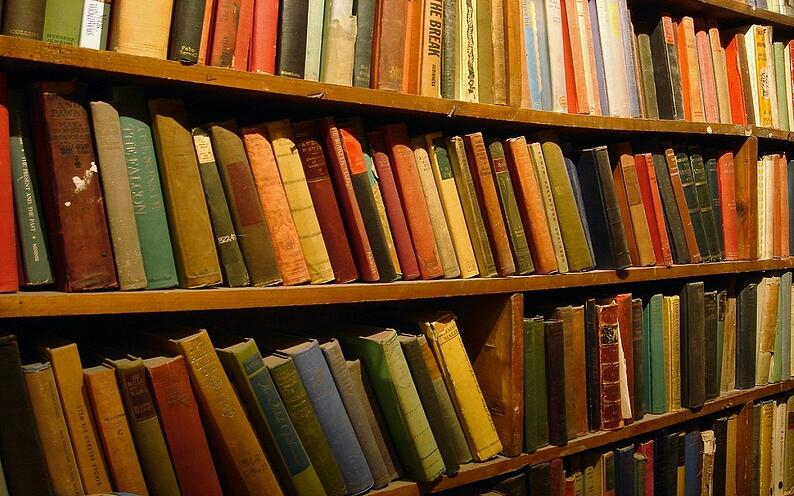
blog.mangolanguages.com 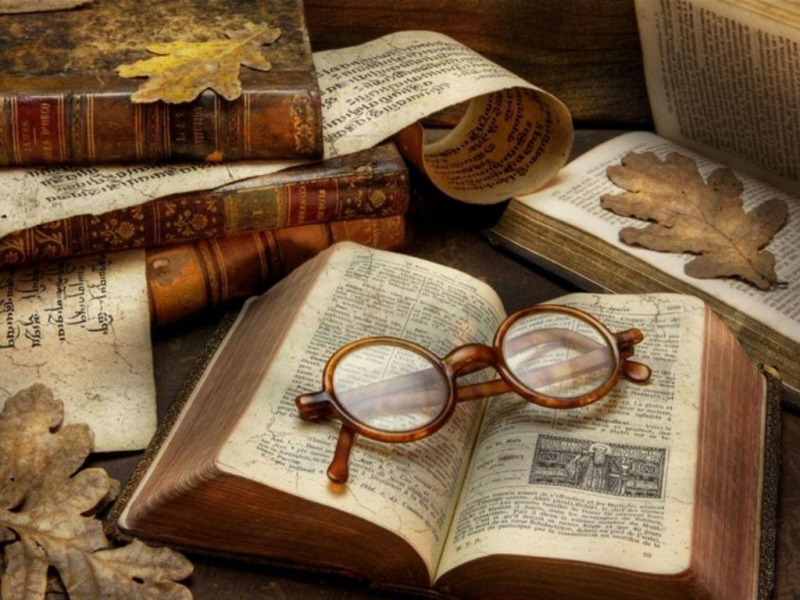
blog.mangolanguages.com -
Bahraini music is a component of Persian Gulf folklore. It shares Kuwait's reputation for sawt music, a bluesy style with influences from Persian, Indian, and African music. The most well-known Bahraini artists include Sultan Hamid, Ali Bahar, and singer/oud player Khaled El Sheikh. The first recording studio in the Persian Gulf was founded in Bahrain following World War II. The Bahrain Music Institute, Bahrain Orchestra, and Classical Institute of Music are some of Bahrain's modern music institutions. The Fidjeri songs are well-known for celebrating the Bahraini practice of pearl diving for men alone. The music and dance styles known as Liwa and Fann at-Tanbura are mostly practiced in the communities of Bantu people who originated in the African Great Lakes.
The Ministry of Culture oversees a variety of yearly festivals in terms of cultural and tourism events. such as the Bahrain International Music Festival in October, the Spring of Culture in March and April, the Bahrain Summer Festival and Ta'a Al-Shabab in August and September, and many others. These events also feature musical and theatrical performances, lectures, and other events. Regarding cultural attractions, Bahrain's numerous historical sites allow locals, guests, and tourists to relive the past.
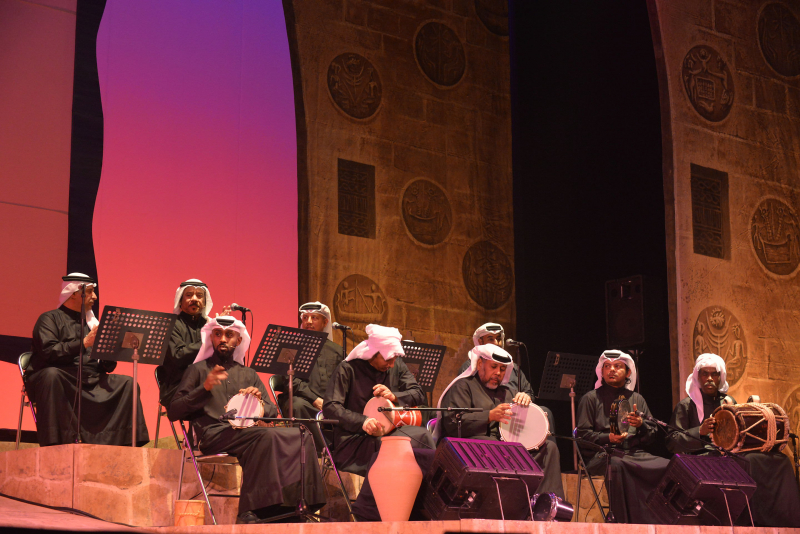
min-on.org 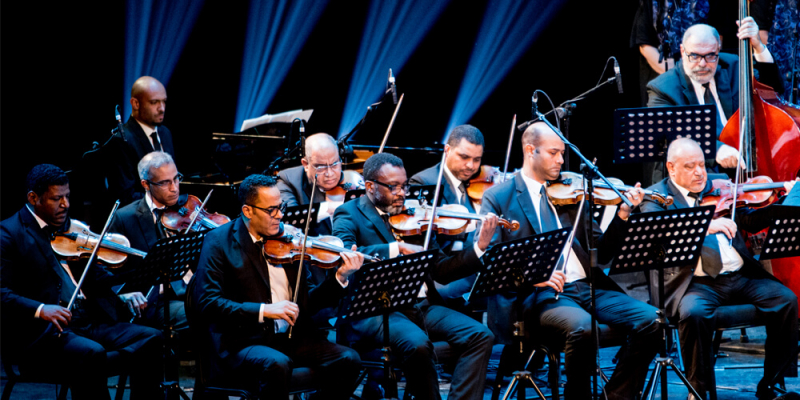
min-on.org -
Bahrain has a large and thriving sports culture. In this nation, association football is the most widely played sport. Basketball, volleyball, and handball are some more traditionally well-liked sports. Over the past few decades, sports including rugby union, mixed martial arts, and horse racing have all seen increases in popularity.
Bahrain has legalized mixed martial arts. Sheikh Khalid bin Hamad Al Khalifa is the patron of the Bahrain MMA Federation (BMMAF), which was established. Through Brave Combat Federation, the biggest Mixed Martial Arts promotion in the Middle East, which is owned by KHK MMA, the sport is being developed throughout the country.
The Bahraini Premier Competition is Bahrain's top domestic professional football league. It consists of 10 football clubs, each of which plays a total of 18 matches in a two-round robin format. The winners of the national championship are eligible to compete in the AFC Cup. The Bahraini Classification League, Bahrain's second-tier football league, shares a promotion and relegation structure with the league. Similar to other football leagues, the season typically begins in September and ends in May. Almost all games are played at the Bahrain National Stadium, despite the fact that there are home and away games. The team that places last is relegated, and the team that finishes second last plays in a playoff game for promotion. Riffa club is the current defending champion of the 2011–2012 football season.
11 club teams compete in Bahrain's professional basketball league. At the conclusion of the regular season, the top four clubs in the league go to the "Golden Square," where the top seeds face the fourth seeds and the second and third seeds face off in separate best-of-three series. The championship series is then a best-of-five format.
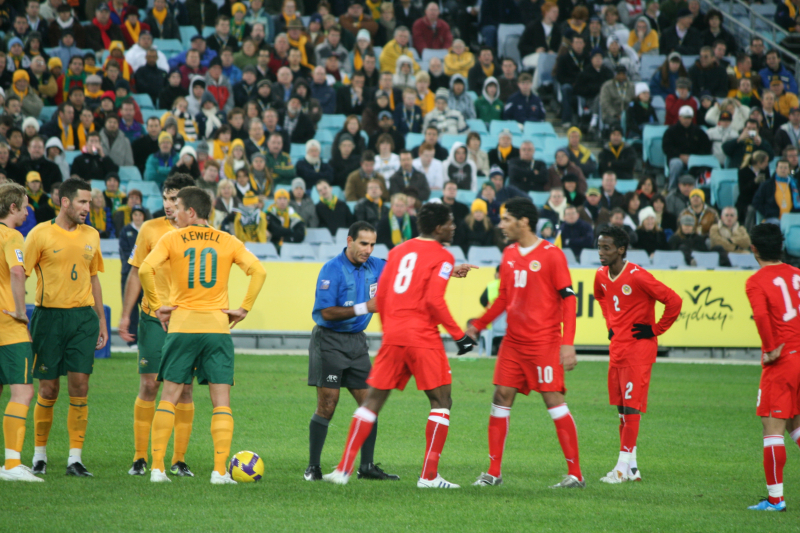
bahrainthismonth.com 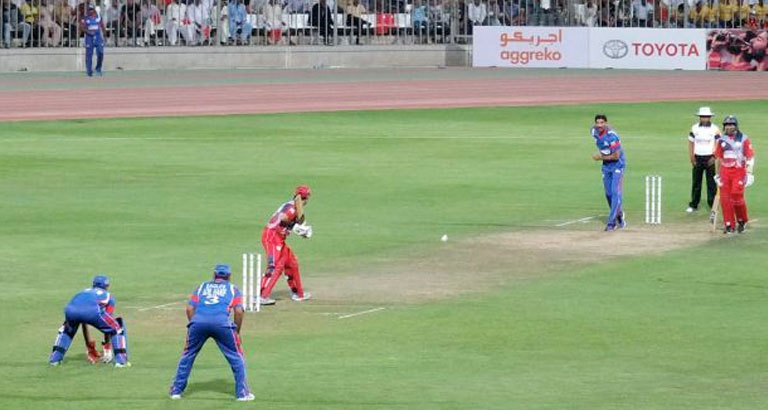
bahrainthismonth.com -
Bahrain is a Muslim nation, hence its national holidays are mostly devoted to Islam and follow a set calendar that varies annually based on the lunar calendar. The major annual celebration is known as Eid, which in Arabic means "festival." These events typically signal the end of the most solemn religious seasons of the year. That is one of the unique cultural characteristics of Bahrain. Hence, Islam is a largely family-oriented religion, and hence, celebrations of these anniversaries frequently take place in private, with large extended families coming together to partake in lavish feasts in residential compounds.
- Muharram - Islamic New Year: An alcohol embargo is strictly enforced as a means to promote purity, making it one of the most eagerly anticipated occasions of the year. Both the Islamic and Christian New Years are observed in January, hence the two occasions frequently combine into a single month of festivities.
- Ashura: The majority Shi'a Muslims of Bahrain congregate to remember Hussain ibn Ali's martyrdom on the tenth day of Muharram, according to the Islamic calendar. Most people see this time as a sorrowful time of deep sorrow and mourning rather than a festival. It is interesting to observe how the community comes together to celebrate the day through a variety of processions and customs.
- Milad Al Nabi: Bahrain's biggest event, Milad Al Nabi, commemorates the birth of the Prophet Mohammed. Although they commemorate the occasion on different days, the Sunnis and the Shi'ites, the two main Islamic groups on the island, both honor the legacy of this significant Muslim person. Every year in April, processions, dining, and storytelling create a festive atmosphere.
- Independence Day: Every June, on Independence Day, all Bahrainis put aside their differences in caste, religion, and socioeconomic class to celebrate with fireworks, opera, and all-day celebrations. It commemorates the day in 1971 when Bahrain reclaimed its independence from Britain after more than a century of being a protectorate state.
- Ramadan and Eid al-Fitr: Muslims view the holy month of Ramadan as the "festive season," a time for giving and introspection. Muslims are supposed to fast during the day, but the nights are particularly enjoyable since families go out to celebrate over supper and special Ramadan tents. Eid Al Fitr, a three-day festival of feasts and charitable actions, marks the end of Ramadan.
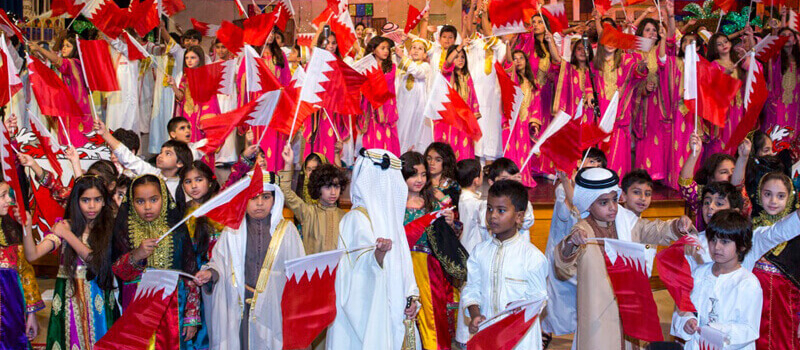
edarabia.com 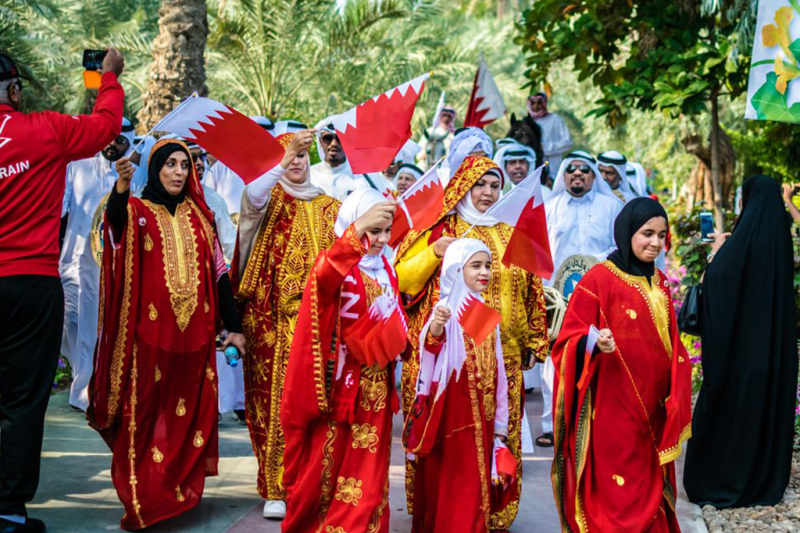
edarabia.com -
It's interesting to see how eating habits vary between countries and are influenced by the local weather conditions and cultural traditions. Bahrain, an island nation, is a melting pot of various cultures and customs, and while it has accepted the influences of the various nationalities that have sought refuge there, its native cuisine has remained untouched and preserved over time. BTW offers a bird's-eye view of Bahrain's traditional food, showcasing what makes it so favored by both the country's natives and its expatriate population.
Traditional dishes in Bahrain include fish, pork, rice, and dates. Machboos, a meal of pork or fish served with rice, is one of the most well-known in Bahrain. Muhammar, which is sweet rice eaten with dates or sugar, is another well-known dish. Bahrainis also consume other Arabian dishes like shawarma, which is grilled lamb or chicken wrapped in pita bread, and falafel, which are fried chickpea balls served in bread. Samboosa and pastries are common munchies. A savory omelet is placed on top of balaleet, which is a dish of sweet saffron noodles.
Bahrain considers coffee, known locally as gahwa, to be a part of the customary greeting. Typically, it is put into a dalla, or coffee pot, as they are known in Bahrain. It is offered in a little cup called a finjan that is designed for coffee. The desserts in Bahraini cuisine are unquestionably a significant component. The most well-liked sweets in Bahrain are baklava, halwa, kunafa, umm alli, and so on.
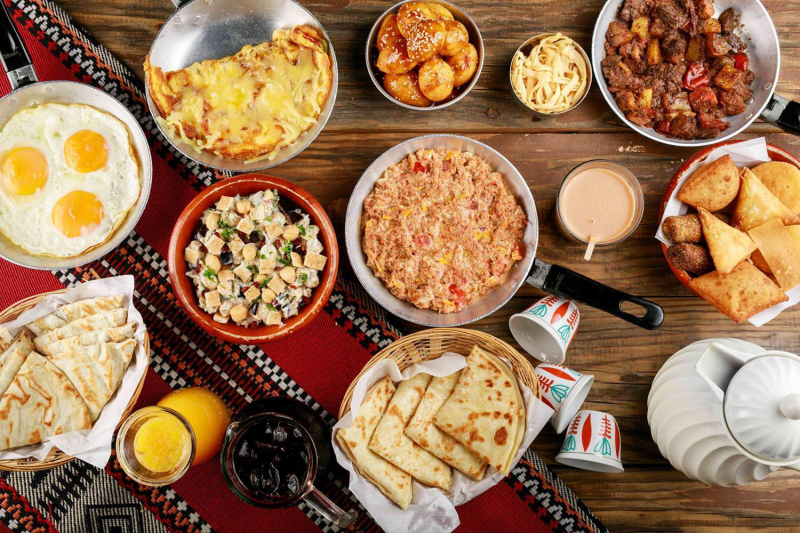
timeoutbahrain.com 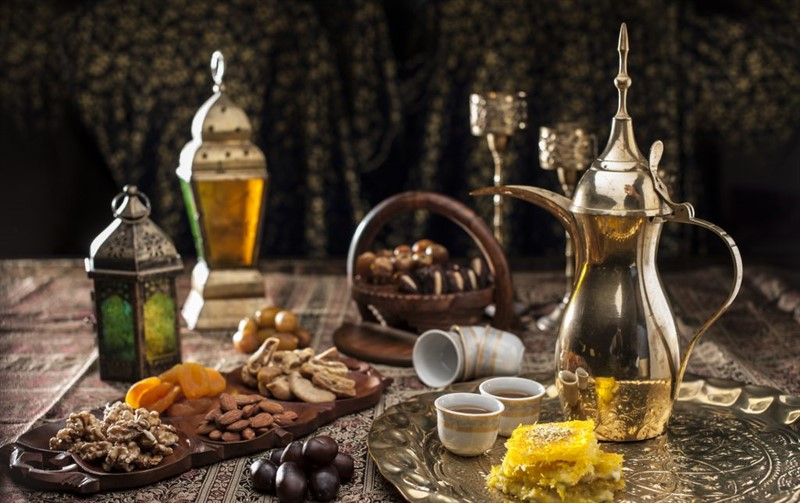
timeoutbahrain.com -
The traditional architecture of Bahrain is comparable to that of its neighbors and is one of the unique cultural characteristics of Bahrain. Bahrain's ancient forts share an architectural style with other forts in the Persian Gulf, but the country's residential architecture is distinct from other forts in the area. Old houses frequently have wind towers, which create natural ventilation in a home. This is especially true in the historic areas of Manama and Muharraq.
A courtyard is surrounded by a series of pavilions that make up a typical Bahraini home. In the past, homes featured two courtyards (but occasionally just one); one was used for men's receptions and the other for private living. The house's rooms were set up according to seasonal migration, with the main pavilions—used for living and holding receptions—each having a counterpart on the roof that was designed to draw summer winds into the pavilion. Because of their strong walls, the lower rooms of the home could be used in the chilly winter months. A structure of coral rubble piers with spaces filled with enormous panels of coral rock was built to help with the summer's extreme heat. Warm air is trapped in the spaces during the day because the porous, light coral is coated with a layer of lime and gypsum.In Bahrain, hundreds of buildings with this characteristic were constructed, but hardly any of them are still in use, and the majority have not had maintenance or repairs in many years. Coral's use has the drawback that its mortar, which is constructed of clay and dissolves rapidly, compromises the integrity of the structure and necessitates yearly repair by allowing fissures to form in the walls during rainy weather.
Western-style office buildings were constructed in Manama's financial sectors, particularly in the Diplomatic Area, after independence and the 1970s oil boom. Structures that combine traditional and modern design, like the Al Zamil Tower, have garnered honors like the 2007 Aga Khan Award for Architecture.
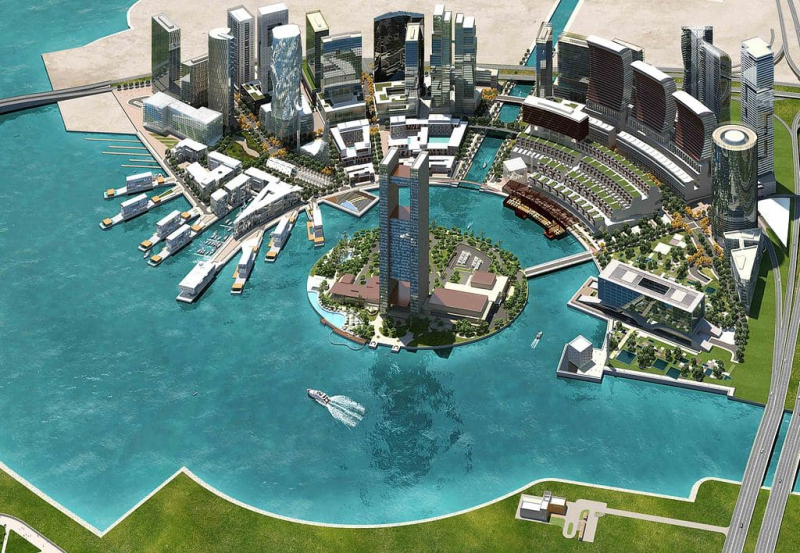
archdaily.com 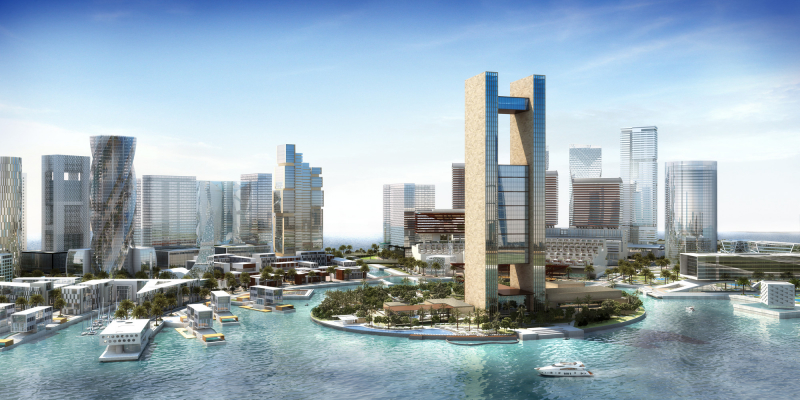
archdaily.com











